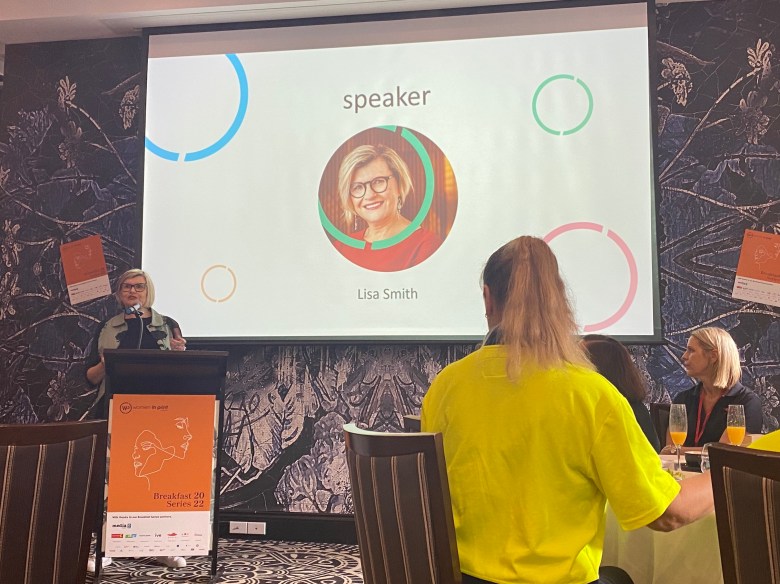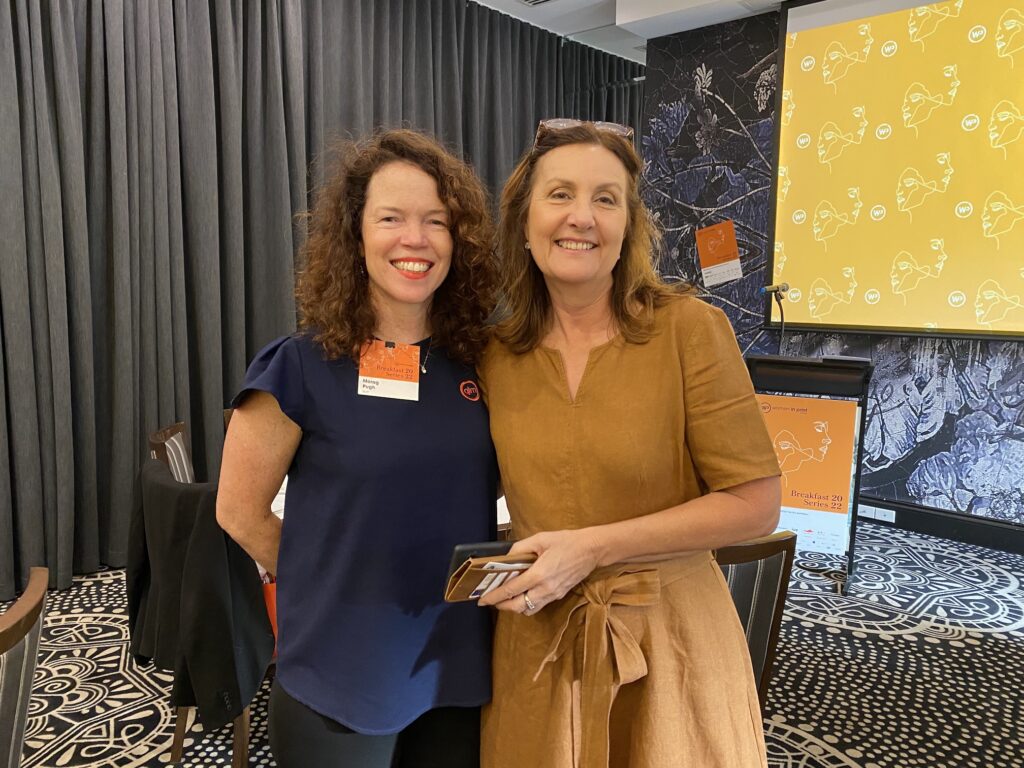
The idea of getting your brain into a different space and thinking differently about how to deliver ideas is key, according to Minds@Work mindworker and Women in Print Breakfast Series keynote speaker Lisa Smith.
Smith has been speaking at the Women in Print Breakfast Series which is currently ongoing across Australia.
“If you believe in yourself and put your brain in a different space, you can end up with powerful results. Sometimes you get so caught up in being excellent at the things you do on a day-to-day basis, that it gets incredibly difficult to see how things could be done differently,” she said.
“The more habitual you are and the more routine your world is, the harder it is for you to think differently. And the more procedures we create, the more we’re making our box smaller and smaller. If you’re not talking about what’s possible, you’re thinking it’s impossible.”
But there is a method to “thinking differently”.
This first thing that companies should address is the reason for their existence – what worries the business? What is it trying to achieve?
The second part is understanding the reality that they’re working within – is there enough time and resources?
“A lot of organisations bounce between this purpose and reality conversation. What it results in is a ‘ping pong game’ between where we want to go and the reality of what is. But there’s actually a third point in this triangle. And that is possibility, which is your opportunity to come up with brand new ways of doing things,” Smith said.
“Once you’ve fixed on your ‘true north’, which is your idea, rather than going straight to reality, pause for a minute and think if there’s a better way for you to come up with new possibilities and work out how to turn that into reality. We’re always looking for new ways of operating.”
But this cycle is kind of hard, says Smith, adding that people must be able to get rid of traditional styles and challenge the rules and systems in place.
“If we want to solve problems, think differently and get creative, we need to move towards what’s possible rather than festering in reality because that’s going to limit our thinking,” she said.
“Our process needs to be very clear, and it involves three things:
- Framing – being clear with people what is it that you’re thinking about
- Sequencing – having ideas before you can work out the decision. You’ve got to decide before you can act
- Quarantining – not executing all your ideas at one go”
“Let’s not let other people make decisions for us decide about what our future is going to be. Let’s work out what our future is going to be by creating a plan, delivering it perfect, all with great thinking.”
As such, Smith suggested that business leaders employ people that think differently to them.
“Leadership is not top down; that’s an old model. Leadership is about going sideways. That’s the only way you can go forwards. And by having people that think different to you, you open your business to a world of new opportunities,” she added.
At the Women in Print Breakfast Series in Brisbane, Women in Print chair Susan Heaney also went through some facts around gender diversity, which she attributed to a McKinsey report.

Heaney said gender diverse companies are 48 per cent more likely to outperform the least gender-diverse companies.
Companies in the top quartile for gender diversity on their executive teams are 21 per cent more likely to outperform companies in the fourth quartile.
In addition, Heaney said women manage differently and deliver team performance.
“Female managers make more consistent actions in ensuring the well-being of their teams. Female executive also reduce team absenteeism. Female leaders are also up to twice as likely to spend substantial time on diversity, equity and inclusion,” she mentioned.
However, the print industry has a way to go to achieve this.
Heaney said the gender split across all industries is 51 per cent women and 49 per cent men. In the print industry, it is 32.9 per cent women and 67.1 per cent men.
“We are classified as a male-dominated workforce,” she said.
When looking to execute diversity, the average in Australia is 19.4 per cent female CEOs, 34.5 per cent female key personnel and 31.3 per cent female directors. In print, only 7.1 per cent are female CEOs, 13.8 per cent are female key personnel and 27.9 per cent are female directors.
Heaney also said attractive primary carer options for women is also low in the print industry.
“54.6 per cent of all other industries offer paid parental leave compared to 23.1 per cent in the print industry,” she said.
“It’s great having the knowledge of these stats, but what’s greater is sharing it with others and building on these numbers in our future.”
Comment below to have your say on this story.
If you have a news story or tip-off, get in touch at editorial@sprinter.com.au.
Sign up to the Sprinter newsletter
